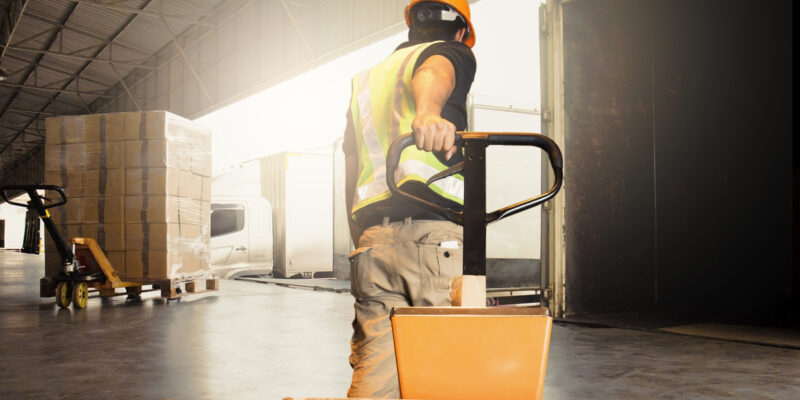Construction often requires complex maneuvering in tight spaces or over existing structures that can’t be damaged. In these cases, operators are responsible for effectively completing projects while using various pieces of heavy equipment, yet without damaging the surrounding floors, walls, or ceilings. Sounds impossible, but it’s no magic act – it’s structural engineering at work!
What is floor load?
Floor load is the maximum weight a floor can safely carry, if evenly distributed. It’s also called ground pressure. At its most basic level, the goal is to find the weight capacity of the floor and compare it to the weight of the heavy equipment, called “machine load.”
First, let’s look at the weight capacity of the floor itself.
Dead vs. Live
Dead load is the weight a floor must always support, like walls, wood-frame, carpeting, ceilings, and other permanent fixtures. Live loads are the variable, moving weights a floor must support, including people, machines, or furnishings.
Building codes tell us the minimum live loads a structure must support, and how much the floor may bend in order to absorb the weight. As with any material, there’s a maximum pressure the floor will be able to handle before it breaks.
Machine Load
Machine load is going to add to the live weight on a floor. That’s just how much the machine weighs, right? Not quite. According to For Construction Pros, this is how you get machine load:
(empty machine weight + max occupied platform capacity)
_____________________________________________
(chassis length x chassis width)
This math takes into account that the machine’s weight isn’t evenly distributed, so there’s more pressure in a smaller area. That tells us the true amount of weight the floor will have to support in that particular area. This is measured in pounds per square foot, or PSF.
Below you’ll see examples of machine load calculated based on different brands, provided by Hy-Brid Lifts.
Finding Floor Load
Once you have your true machine load weight and total floor load capacity, you can clearly see whether you’re able to use a machine in a space. Understanding these floor load basics is important to understanding the many components of safe and effective heavy equipment operation!
This information is meant as a general FYI, allowing operators to understand their equipment and the spaces within which they operate. If a project requires accurate floor load computations, please refer to a structural engineer who can account for joist load capacity and the structural properties of building materials.

